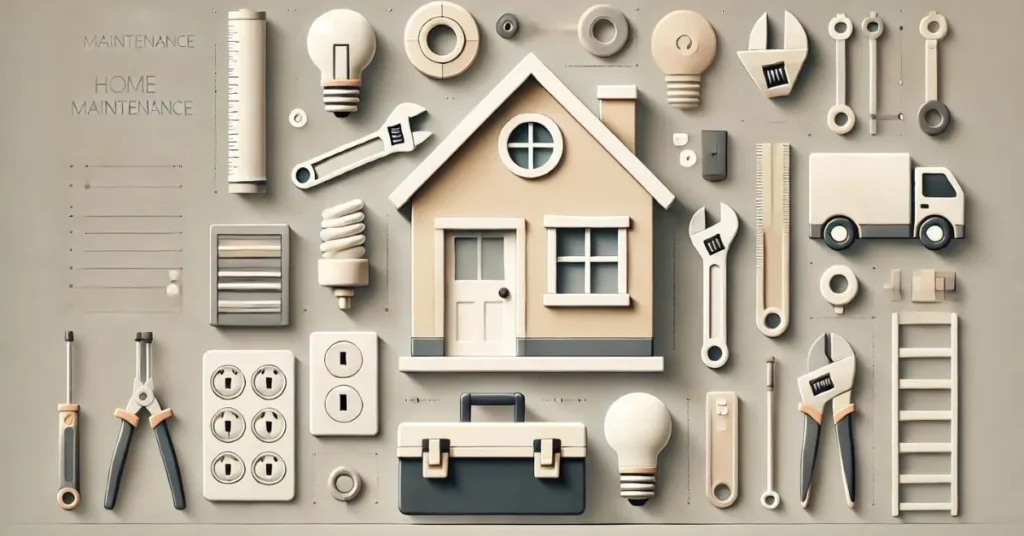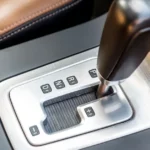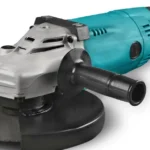Maintenance is one of the most important responsibilities of any homeowner or business owner. Regular upkeep keeps things running smoothly and prevents small problems from becoming big, costly repairs. Whether it’s fixing a leaky faucet or inspecting your roof, maintenance helps extend the life of your property and protects your investment.
Taking care of maintenance tasks on a regular basis can also save you money. Minor repairs are often inexpensive and easy to handle compared to major overhauls caused by neglect. It’s not just about keeping things looking good—routine maintenance ensures that everything works as it should, which can prevent safety hazards and unexpected breakdowns.
Another key benefit of maintenance is peace of mind. When your home or business is well-maintained, you worry less about sudden issues or emergencies. This makes your living or working environment safer and more comfortable for everyone involved.
In this blog post, we’ll explore the different types of upkeep, why it’s important, and how you can stay on top of these tasks. With the right approach, maintaining your property doesn’t have to be overwhelming or expensive. You’ll find that a little effort today can lead to big savings tomorrow!
Types of Upkeep
Preventive Upkeep
Preventive maintenance involves regular checks and routine tasks to keep your property in good condition. This can include seasonal inspections, such as checking your HVAC system before summer and winter. Simple actions like changing air filters, cleaning gutters, and testing smoke detectors are vital. By addressing these tasks proactively, you can catch problems early before they become serious and costly repairs.
Corrective Upkeep
Corrective maintenance occurs after a problem has been identified. This includes repairs like fixing a broken pipe, replacing a faulty appliance, or repairing damaged flooring. While necessary, corrective maintenance can be more expensive and disruptive, especially if the issue affects daily life. By being diligent with preventive measures, you can reduce the likelihood of needing corrective maintenance.
Predictive Upkeep
Predictive maintenance uses data and technology to forecast when maintenance should be performed. This approach relies on tools and sensors that monitor equipment performance, such as vibration analysis or thermal imaging. By analyzing this data, you can identify potential failures before they happen, allowing for timely repairs. This method is particularly effective for complex systems and machinery, as it maximizes uptime and reduces costs associated with unexpected breakdowns.
Emergency Upkeep
Emergency maintenance is urgent and occurs in response to unexpected failures. This can include critical issues like a power outage, major leak, or a broken heating system in winter. Emergency repairs often require immediate action and can be costly, leading to significant disruption in daily life. Being prepared with an emergency plan, along with a list of reliable contractors, can help minimize damage and stress during such situations.
Seasonal Upkeep Checklist
Spring
In spring, focus on HVAC checks and gutter cleaning. It’s a good time to prepare your lawn for the growing season. Inspect your home for any winter damage that may need attention.
Summer
Summer is ideal for exterior painting and landscaping. Make sure your outdoor spaces are well-maintained and enjoy some time in the sun. Don’t forget about pool maintenance if you have one.
Fall
As fall approaches, conduct roof inspections and furnace checks. Preparing for winter is crucial, so ensure your home is ready for colder temperatures. Consider winterizing outdoor spaces to prevent damage.
Winter
In winter, prioritize insulating pipes and preparing for snow removal. Have an emergency kit ready in case of severe weather. Regular checks during this season can help avoid unexpected repairs.
DIY Upkeep Tips and Tricks
Simple repairs homeowners can do themselves include fixing leaks and changing filters. Always have a basic toolkit on hand for minor tasks. Safety should be your top priority, so follow guidelines and use protective gear when needed.
When to Hire a Professional
Knowing when to hire a professional is crucial. If you notice signs of serious problems, like persistent leaks or electrical issues, it’s time to call an expert. Choosing a reliable contractor can save you time and hassle.
Budgeting for Upkeep
Creating a budget for maintenance is essential. Prioritize tasks based on urgency and impact. Set aside funds each month for upcoming repairs to avoid financial strain when emergencies arise.
Sustainability in Upkeep
Consider eco-friendly practices in your maintenance routine. Use green products and recycle whenever possible. Implementing energy-efficient measures can lead to long-term cost savings and reduce your environmental impact.
Conclusion
In conclusion, regular maintenance is vital for protecting your property and ensuring its longevity. By understanding the different types of upkeep and staying organized, you can manage your tasks effectively. Explore resources and tools available to help you stay on track, and don’t hesitate to seek professional help when necessary. With a proactive approach, you’ll enjoy a safe, well-maintained environment for years to come.
FAQs
What is the difference between preventive and corrective?
Preventive the involves regular checks and tasks performed to prevent issues before they occur. Corrective maintenance, on the other hand, happens after a problem has been identified, addressing repairs needed due to failures or malfunctions.
How often should I perform maintenance tasks?
The frequency of maintenance tasks can vary. Seasonal tasks, such as HVAC checks and gutter cleaning, should be done at least twice a year. Other tasks, like changing air filters, may need monthly attention, while some items can be checked annually.
When should I hire a professional for repairs?
If you encounter issues that are beyond your skill level, such as electrical problems, major plumbing issues, or structural repairs, it’s best to hire a professional. Signs of significant damage or persistent problems are also indicators that professional help is needed.
How can I budget for home upkeep?
Start by listing all potential tasks and their estimated costs. Allocate funds each month based on priority and urgency. Creating it fund can help you cover unexpected repairs without financial strain.
What tools do I need for basic DIY repairs?
Essential tools for DIY repairs include a hammer, screwdrivers (both flat and Phillips), a tape measure, pliers, and a level. A basic toolkit should also include a utility knife, wrenches, and safety gear like gloves and goggles.







